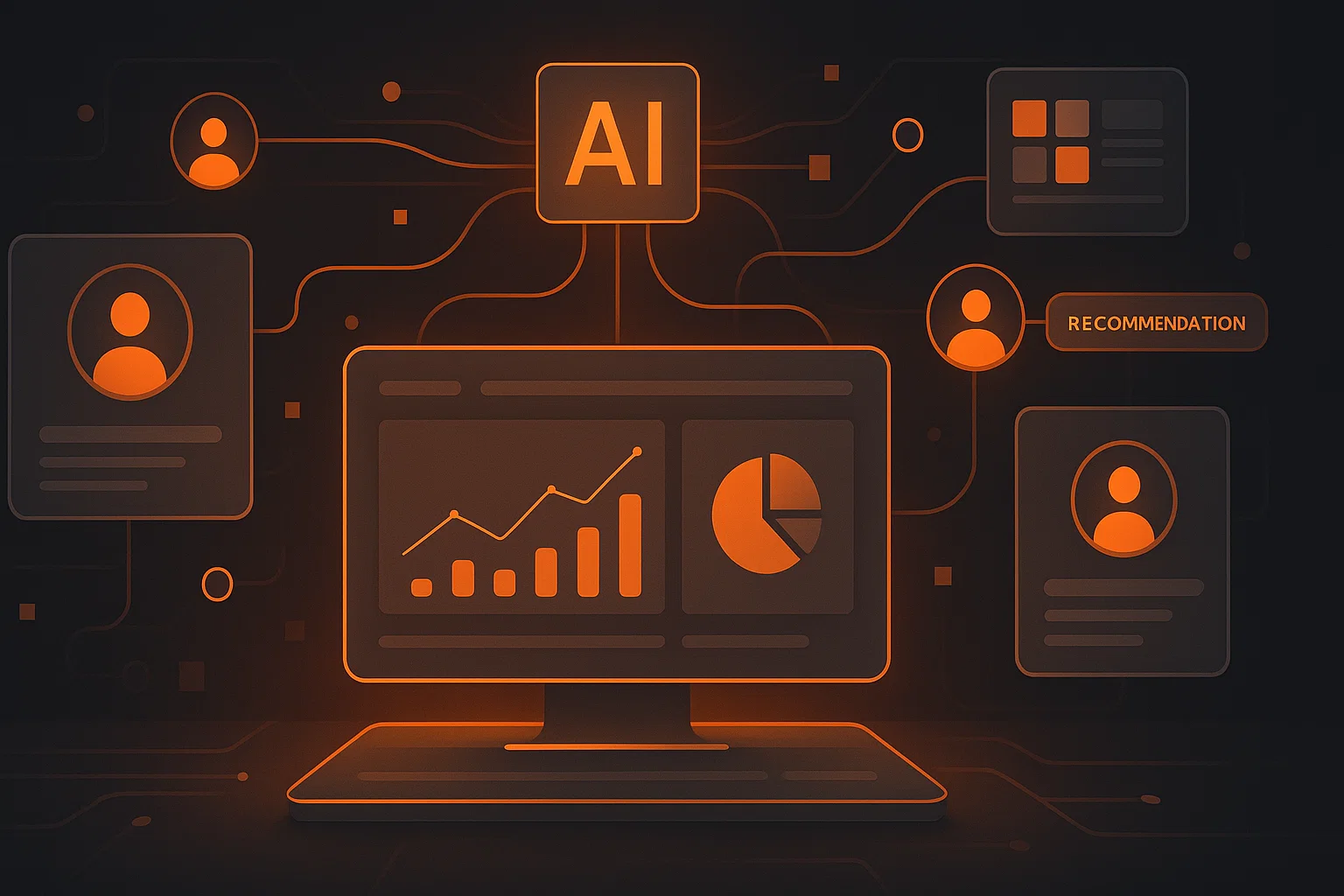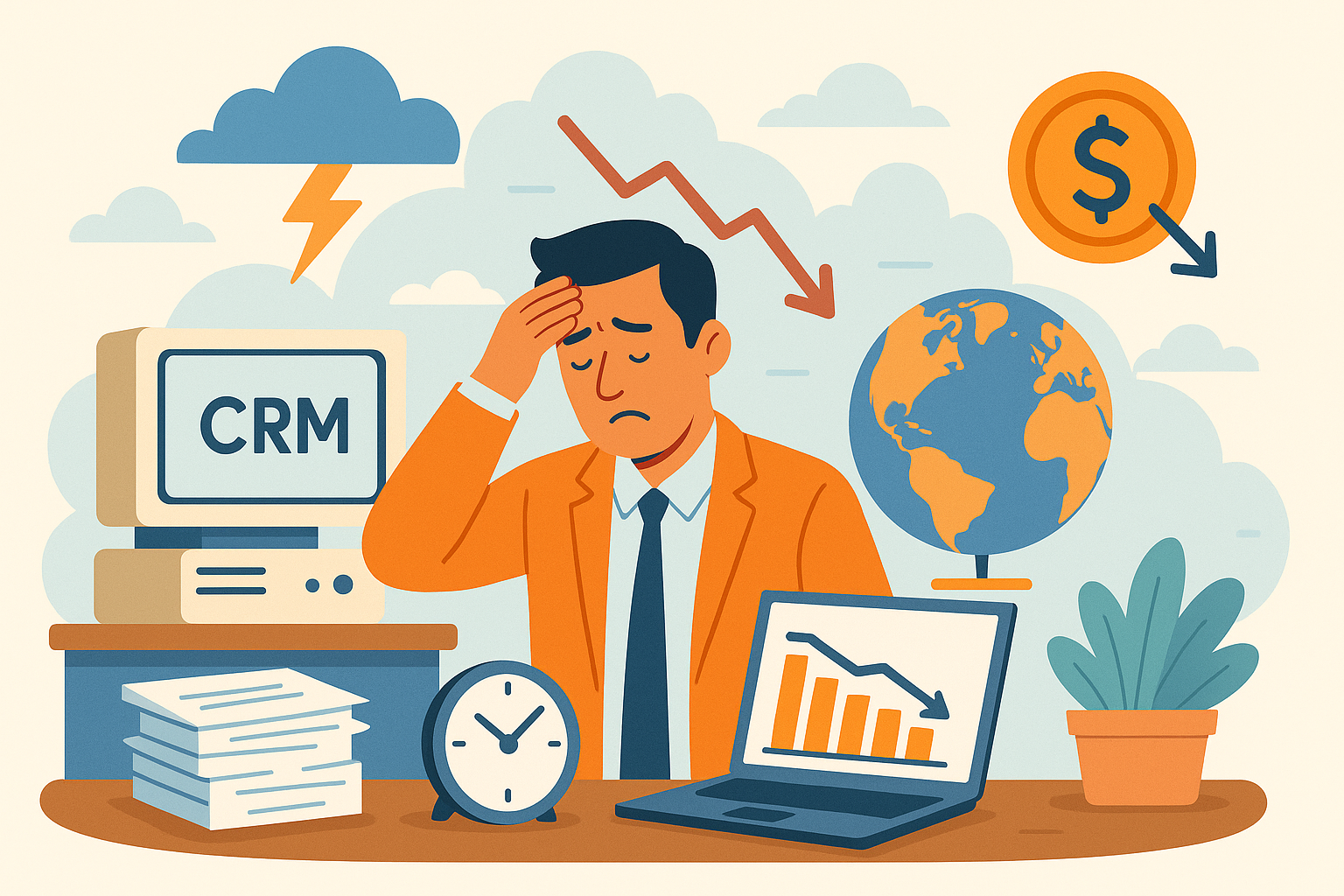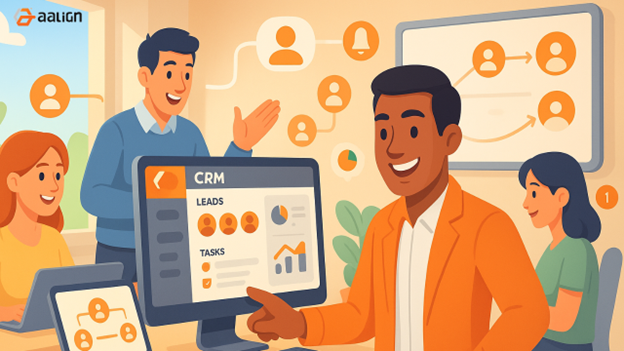Personalization at Scale: How CRMs Are Revolutionizing Customer Experiences

Introduction
In today’s digital-first world, customers expect tailored interactions at every touchpoint. Generic communication no longer drives engagement or loyalty. This is where Customer Relationship Management (CRM) tools step in, offering the ability to deliver personalization at scale.
With advanced automation, AI-driven insights, and data integration, CRMs in 2025 are revolutionizing the way B2B companies connect with their audience. In this blog, we’ll explore how CRM personalization is reshaping customer journeys, along with actionable strategies to implement it effectively.
1. Why Personalization Matters in 2025
Personalization has become a key driver of customer satisfaction and retention. Studies show that:
- 71% of customers expect personalized interactions from brands (McKinsey).
- Companies that use personalization experience a 20% increase in sales conversions.
CRMs enable businesses to meet these expectations by collecting data across multiple channels and delivering relevant, real-time messaging that resonates with individual customer needs.
2. The Role of CRMs in Delivering Personalization
Modern CRMs go beyond storing customer contact details. They:
- Analyze customer preferences, purchase behavior, and engagement patterns.
- Use AI-driven segmentation to group leads by behavior and interests.
- Enable dynamic communication across email, SMS, and social platforms.
With platforms like HubSpot, Zoho CRM, and Salesforce, businesses can create end-to-end personalized experiences while maintaining efficiency and scale.
3. Key CRM Features Driving Personalization
a) AI and Machine Learning
AI algorithms analyze customer intent and behavior, predicting what customers want before they ask.
- Example: AI can recommend the right product or content based on browsing patterns.
b) Automated Workflows
CRMs automate repetitive tasks such as sending personalized emails, updating lead stages, or triggering reminders based on user actions.
c) 360-Degree Customer View
Integrated CRMs provide a unified view of every customer interaction—from email clicks to purchase history—allowing businesses to personalize at every stage of the journey.
d) Omnichannel Engagement
Customers interact across various platforms (websites, social media, chatbots). CRMs consolidate these touchpoints to deliver consistent, tailored communication everywhere.
4. Real-World Examples of CRM Personalization
- Amazon: Uses AI-driven CRMs to recommend products tailored to individual preferences.
- Netflix: Leverages viewing behavior data to personalize recommendations for each user.
- B2B SaaS Firms: Many companies use Salesforce Einstein AI to send personalized offers to potential leads, increasing lead-to-conversion ratios by over 30%.
5. How to Implement Personalization with CRMs
To make personalization work, B2B teams need a strategic approach:
Step 1: Collect and Centralize Customer Data
Integrate your CRM with tools like marketing automation software, chatbots, and analytics platforms to gather all customer data in one place.
Step 2: Segment Your Audience
Create behavioral and demographic-based segments for targeted campaigns. For example:
- Segment A: Leads from SaaS industry exploring pricing pages.
- Segment B: Returning customers who have made multiple purchases.
Step 3: Use Dynamic Content
Use CRM-powered dynamic email content to address customers by their first name, reference their past purchases, or suggest related solutions.
Step 4: Automate Follow-ups
Trigger automated workflows that send personalized follow-ups based on customer actions (e.g., downloading a whitepaper or attending a webinar).
Step 5: Monitor and Optimize
Analyze key metrics like open rates, click-through rates, and conversions to continually refine personalization strategies.
6. The Benefits of Personalization at Scale
Adopting personalization strategies with CRMs delivers measurable benefits, including:
- Higher Conversion Rates: Personalized campaigns see a 6x higher transaction rate compared to non-personalized ones.
- Stronger Customer Loyalty: Customers feel valued when brands understand their needs.
- Improved ROI: Tailored campaigns reduce wasted spend and focus on high-intent prospects.
- Enhanced Customer Retention: Personalized recommendations keep customers engaged post-purchase.
7. Challenges and How to Overcome Them
While CRM personalization offers huge potential, challenges such as data silos, privacy concerns, and over-automation can arise.
Solutions include:
- Integrating all data sources into a single CRM.
- Adhering to GDPR and privacy regulations to maintain customer trust.
- Balancing automation with human touch to avoid robotic communication.
8. Future Trends in CRM Personalization
Looking ahead to 2025 and beyond, we expect trends such as:
- Predictive Personalization: CRMs will anticipate customer needs before they arise.
- Voice-Activated CRMs: Voice AI will enhance personalization in real-time conversations.
- Hyper-Automation: Combining AI, machine learning, and RPA (Robotic Process Automation) for next-level personalization.
Conclusion
Personalization at scale is no longer optional—it’s a competitive advantage. With the right CRM, businesses can transform customer journeys, build stronger relationships, and drive long-term growth.
Want to create personalized B2B experiences that convert? Explore Aalign.io’s CRM solutions to discover automation tools that help you deliver the right message to the right customer at the right time.



